Life
Sign up for our newsletter
We summarize the week's scientific breakthroughs every Thursday.
-
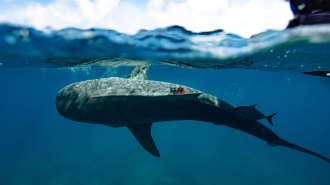 Ecosystems
EcosystemsTiger sharks helped discover the world’s largest seagrass prairie
Instrument-equipped sharks went where divers couldn’t to survey the Bahama Banks seagrass ecosystem.
By Nikk Ogasa -
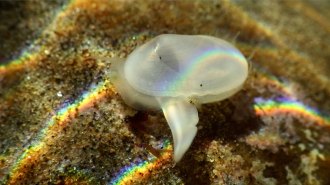 Animals
AnimalsA clam presumed extinct for 40,000 years has been found alive
The reappearance of living Cymatioa cooki clams places it among a group of back-from-the-dead creatures dubbed the Lazarus taxa.
-
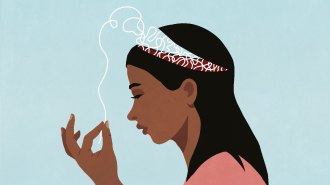 Neuroscience
NeuroscienceNew brain implants ‘read’ words directly from people’s thoughts
In the lab, brain implants can translate internal speech into external signals, technology that could help people who are unable to speak or type.
-
 Plants
PlantsWhy dandelion seeds are so good at spreading widely
Individual seeds on a dandelion flower are programmed to let go for a specific wind direction, allowing them to spread widely as the wind shifts.
-
 Health & Medicine
Health & MedicineDNA is providing new clues to why COVID-19 hits people differently
Age, general health and vaccinations can affect how sick people get with COVID-19. So can genes. Here are new hints of what’s going on in our DNA.
-
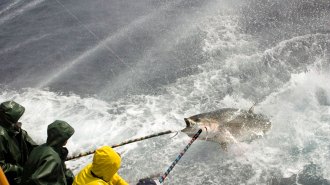 Oceans
OceansSharks face rising odds of extinction even as other big fish populations recover
Over the last 70 years, large ocean fishes like tuna and marlin have been recovering from overfishing. But sharks continue to decline toward extinction.
By Jake Buehler -
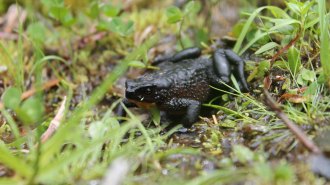 Animals
AnimalsSome harlequin frogs — presumed extinct — have been rediscovered
Colorful harlequin frogs were among the hardest hit amphibians during a fungal pandemic. Some species are now making a comeback.
By Freda Kreier -
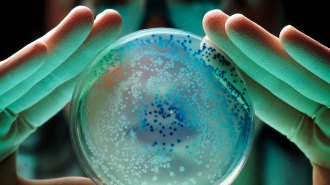 Health & Medicine
Health & MedicineHere’s how mysterious last-resort antibiotics kill bacteria
Scientists are finally getting a grip on how a class of last-resort antibiotics works — the drugs kill bacteria by crystallizing their membranes.
By Elise Cutts -
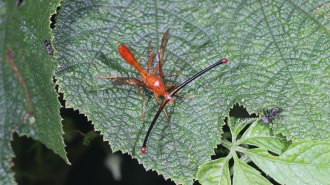 Life
LifeCertain young fruit flies’ eyes literally pop out of their head
The first published photo sequence of developing Pelmatops flies shows how their eyes rise on gangly stalks in the first hour of adulthood.
By Susan Milius -
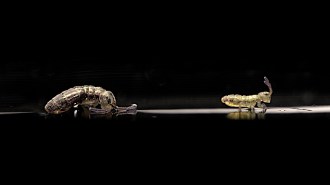 Life
LifeVideo reveals that springtails are tiny acrobats
Poppy seed–sized cousins of insects, famed for wild escape leaping, right themselves in mid-falls faster than cats.
By Susan Milius -
 Animals
AnimalsDeer-vehicle collisions spike when daylight saving time ends
In the week after much of the United States turns the clock back, scientists found a 16 percent increase in crashes between vehicles and deer.
-
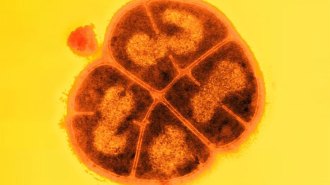 Microbes
MicrobesAncient bacteria could persist beneath Mars’ surface
Radiation-tolerant microbes might be able to survive beneath Mars’ surface for hundreds of millions of years, a new study suggests.
By Sid Perkins